But more importantly, she created a richer, more character-driven narrative. The allowances we had in a novel—which is a less strict, less restrictive form than a screenplay—let us see that hers was the most compelling story. Harbaugh had the strongest desire, the biggest problems, the hardest row to hoe. She cared the most, and she faced the biggest dramatic consequences. Once she became our way into the world of the novel, we had no choice but to scrap our old plot and start over, this time focusing (most of) the story in Harbaugh’s POV.
We always wanted to make Diane as rich and interesting as possible. We didn’t want her to be a sheer villain or a hero. She’s badass and brave, yes, but she’s also complicated and desirous and broken in her broken places, the way all of us are. But once this project ceased being an action movie and turned into a crime novel, Harbaugh became the center of the drama precisely because she was the character who caused the most to happen.
In writing, sometimes the entire genre and central character of a story can shift. One of our heroes—if not an influence here, exactly—is David Lynch who is constantly in the flow of his projects. He creates by trying to get out of the way of his imagination, showing up on set open to the possibility that something major might change. He has faith that he’ll find an answer to a creative problem at the right moment. His book on meditation and creativity, Catching the Big Fish, is a tremendous work on the practice of letting the work itself tell you what it wants to be. You have to strike the balance between moving forward while listening to what the story is trying to tell you. Our lives are kind of like this too, individual instances of life itself trying to find unique expressions through each of us…mistakes and all.
Fittingly, Harbaugh isn’t a superhero, though she does possess a superpower: she flips suspects by making them cry, breaking them down emotionally to turn them into cooperators. But she’s gone too far in manipulating a cooperator and she’s done sketchy things with her boss (we’ll let you read the novel to find out what). When readers first meet Diane, her job, and possibly even her freedom, is hanging by a thread. She must take drastic action to fix things—and for a story, that’s a pretty combustible place to start.
Thank you, Smith Henderson and Jon Marc Smith! We cannot wait to read MAKE THEM CRY. Readers, have you read a book with a character similar to Diane? If so, tell us everything.

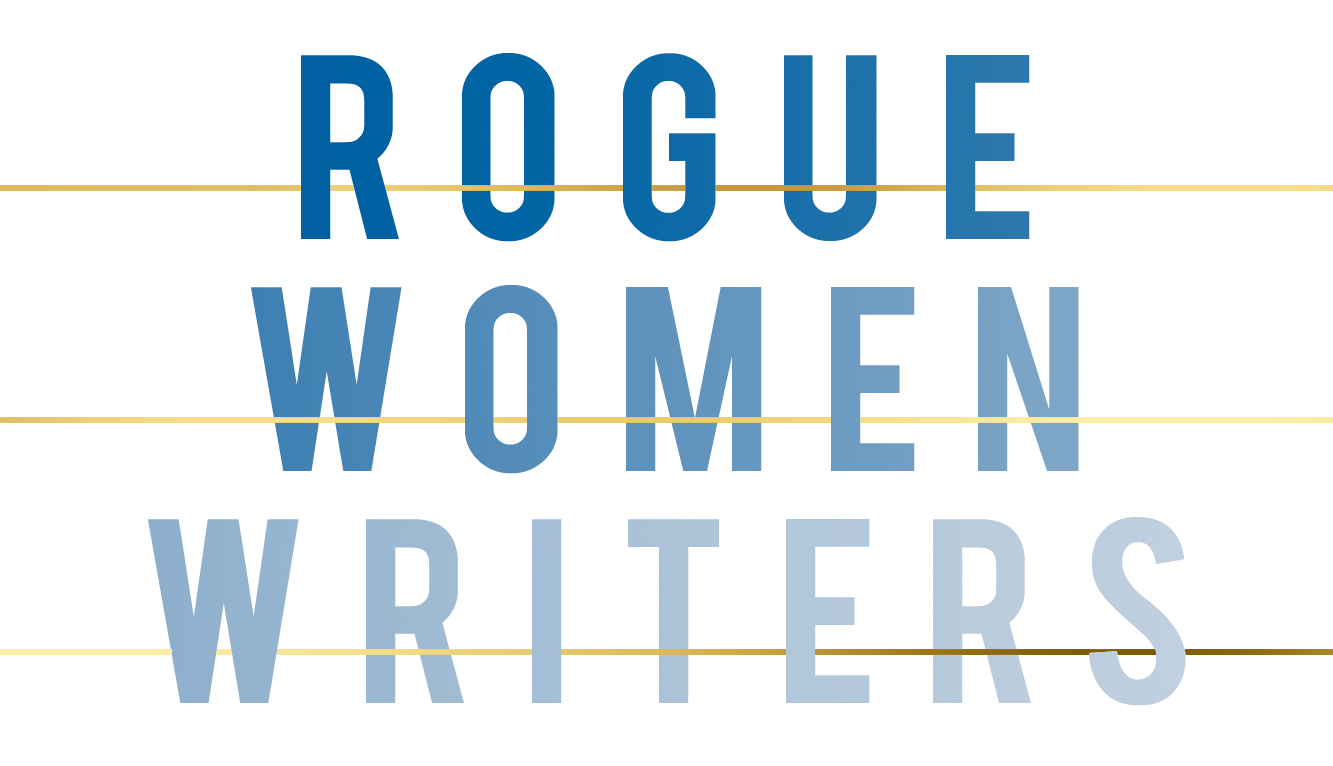


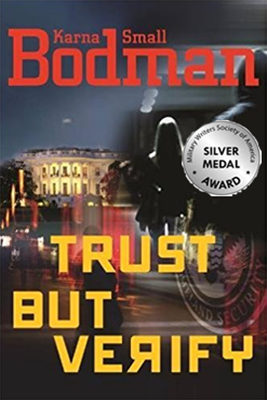
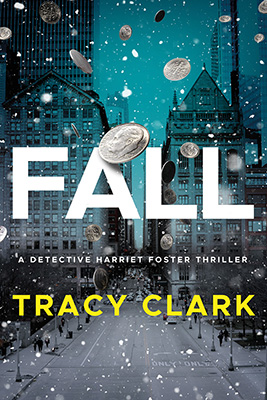
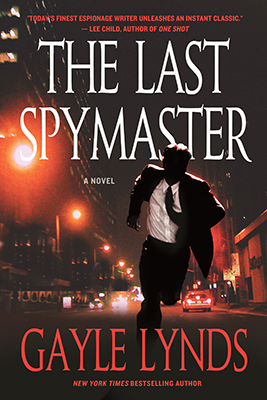
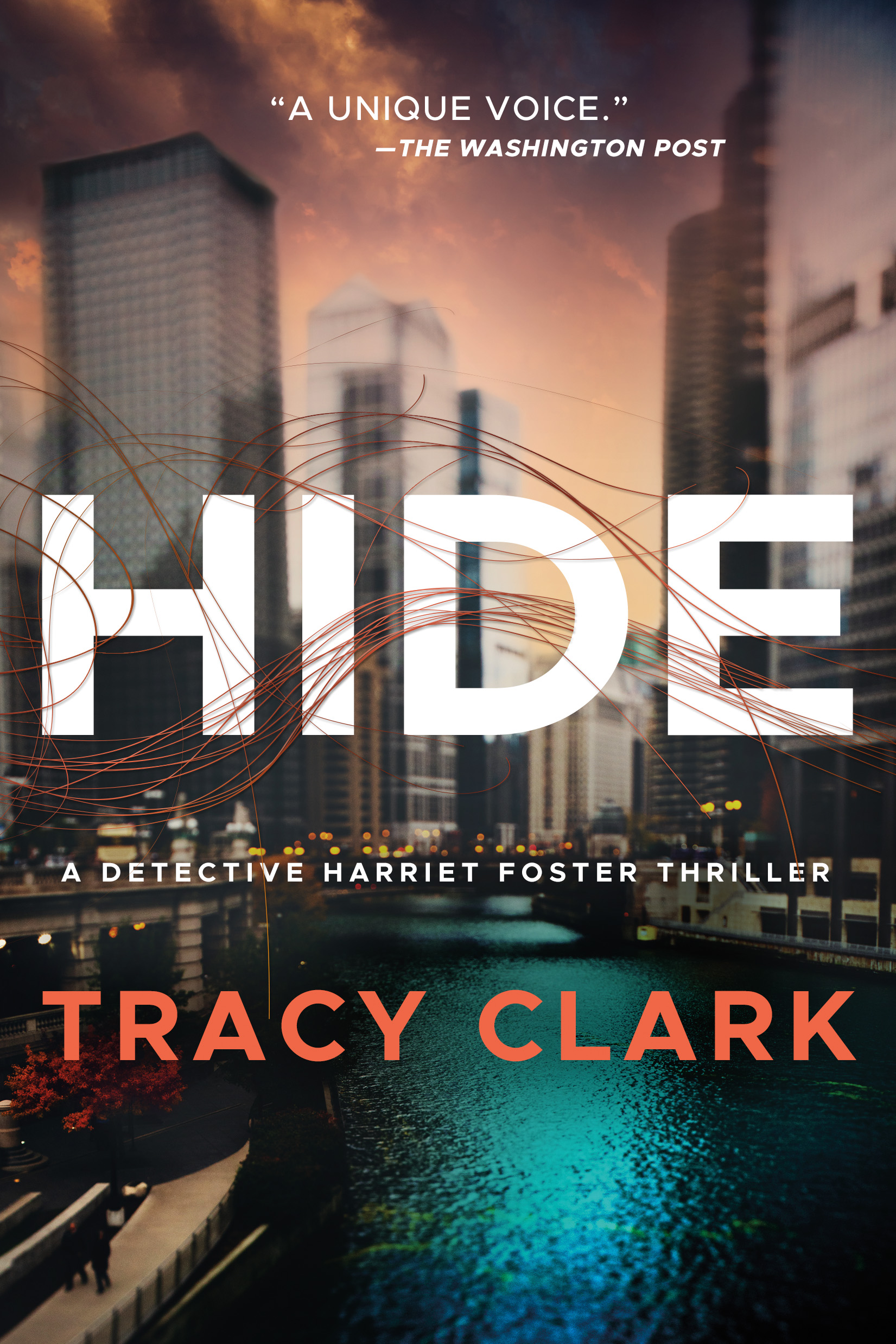
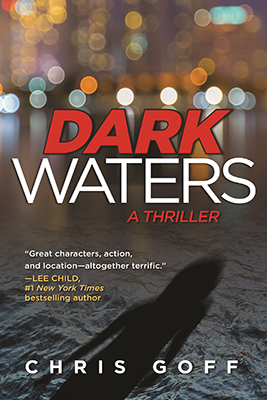
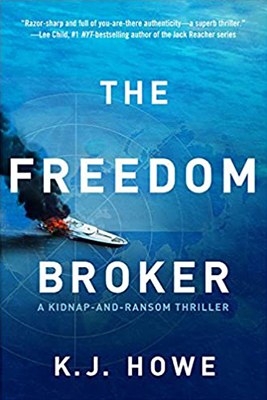
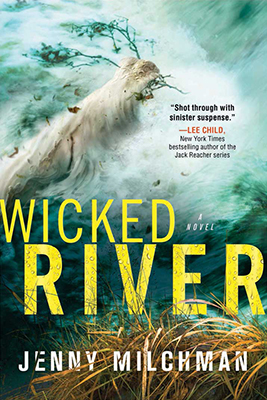
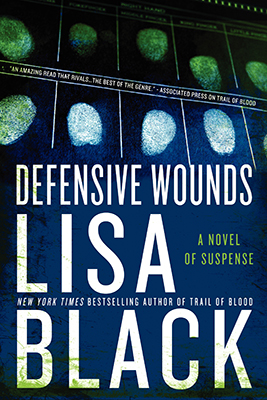
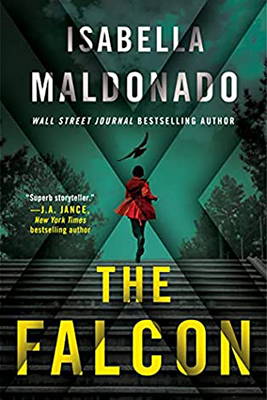
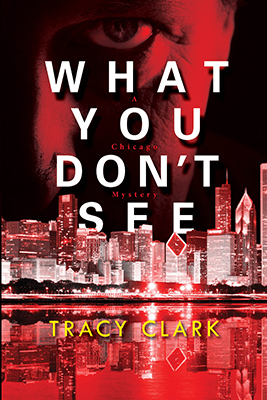
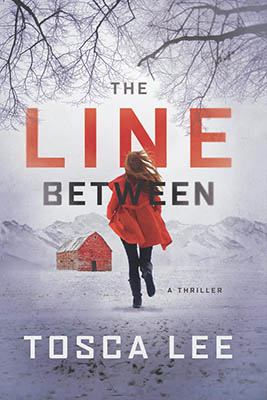
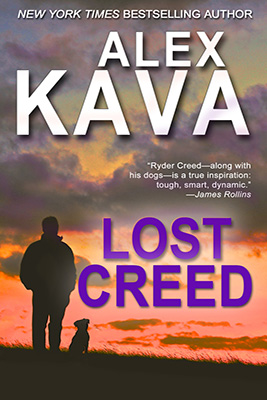
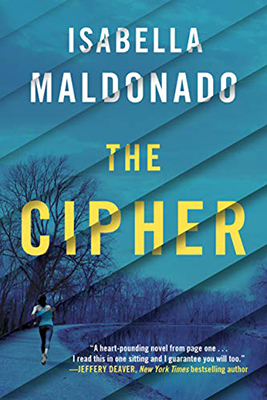
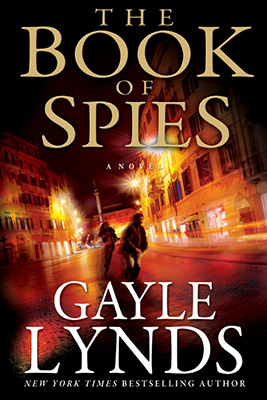
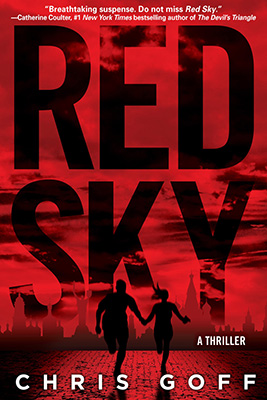
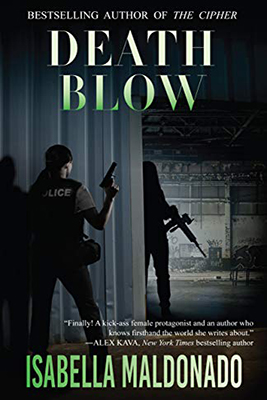
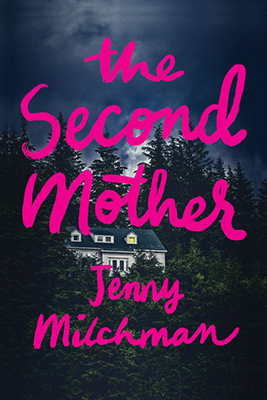
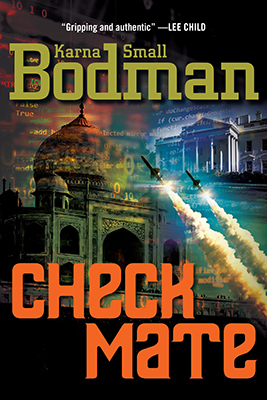
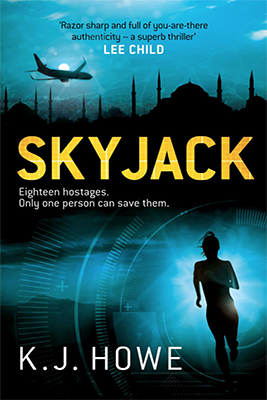
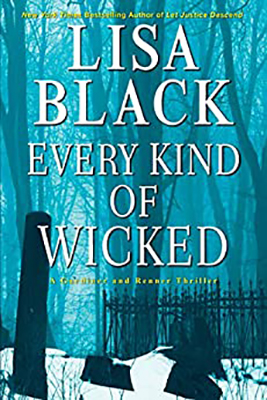
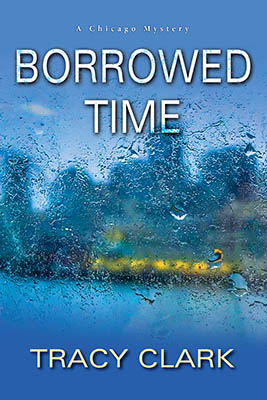
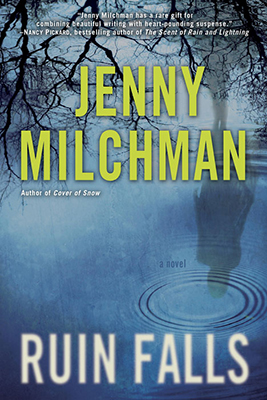

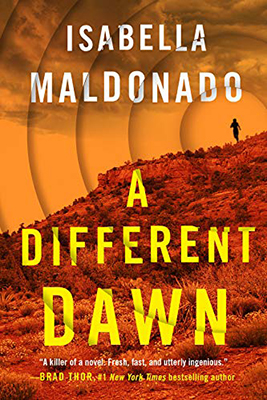
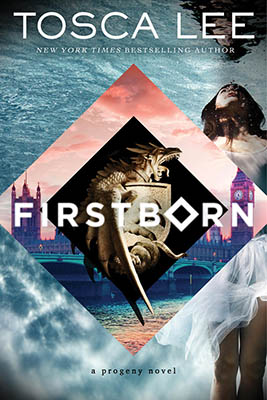
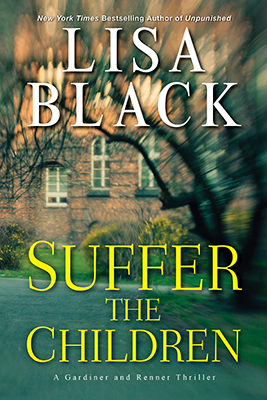
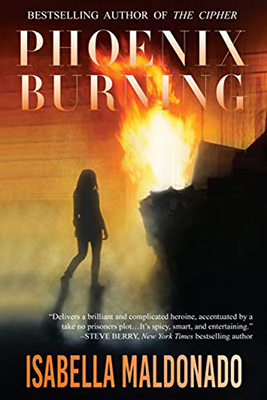
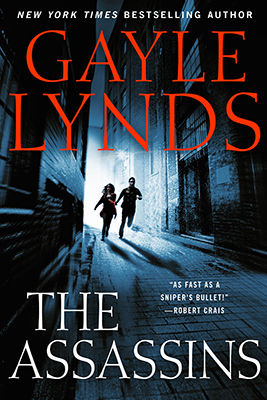

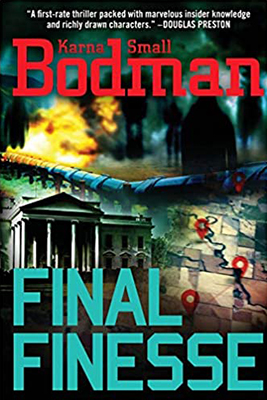
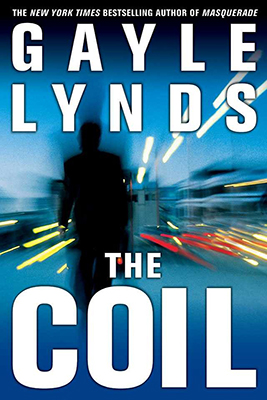
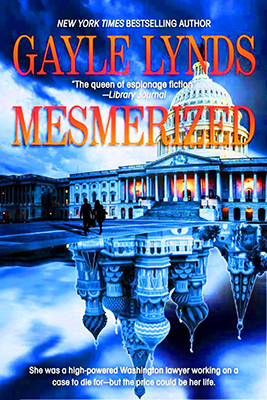
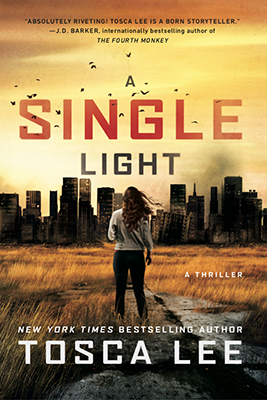
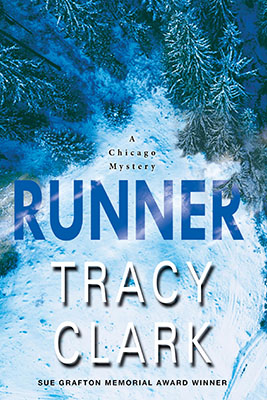
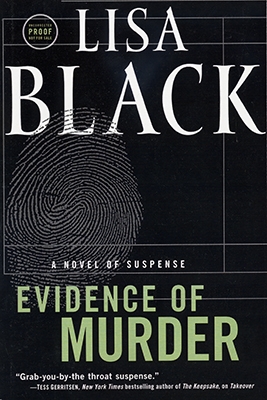
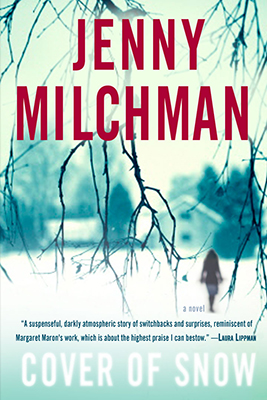
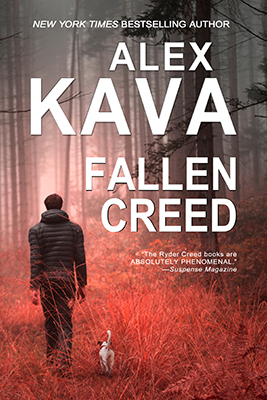
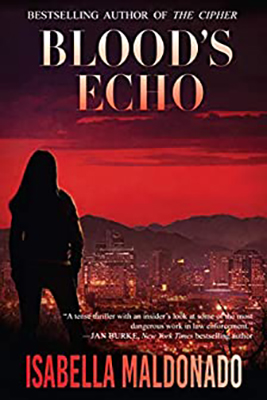
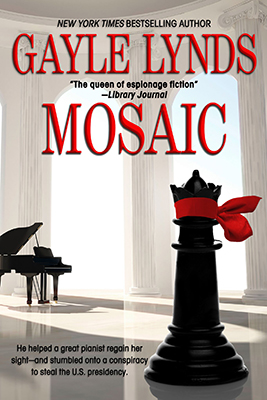
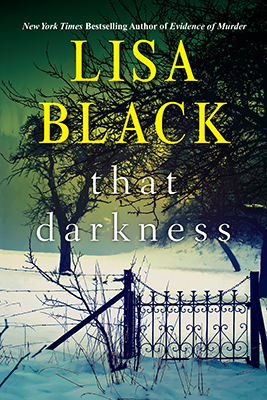
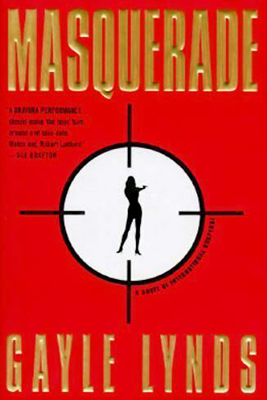
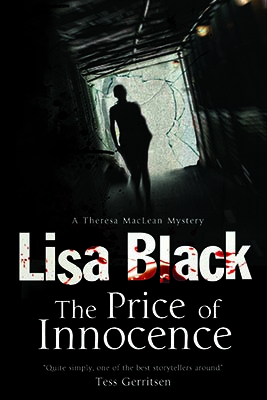
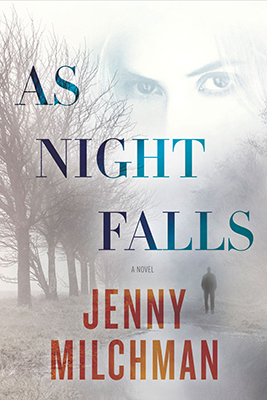
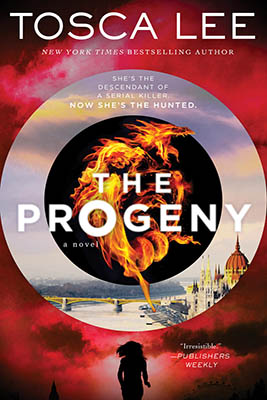
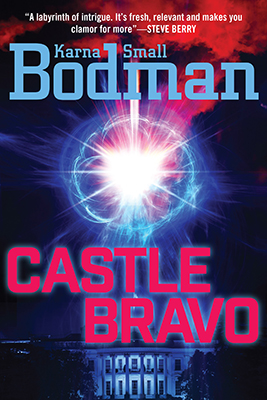
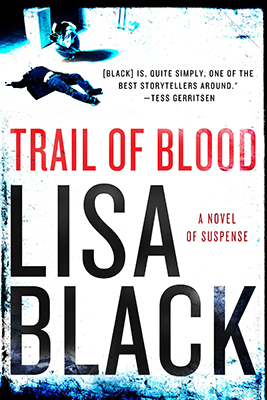
Loved this. Great read!
What a Rogue origin story!!
Such an interesting way to create a character– fascinating – can't wait to read this. Thanks for being our Rogue guests here!….Karna Small Bodman
That is a really interesting approach, both of your character to the problem and your approach to writing it! I often find myself with the same issue–my character is just reacting and not acting, and then I have to stop and rethink things.